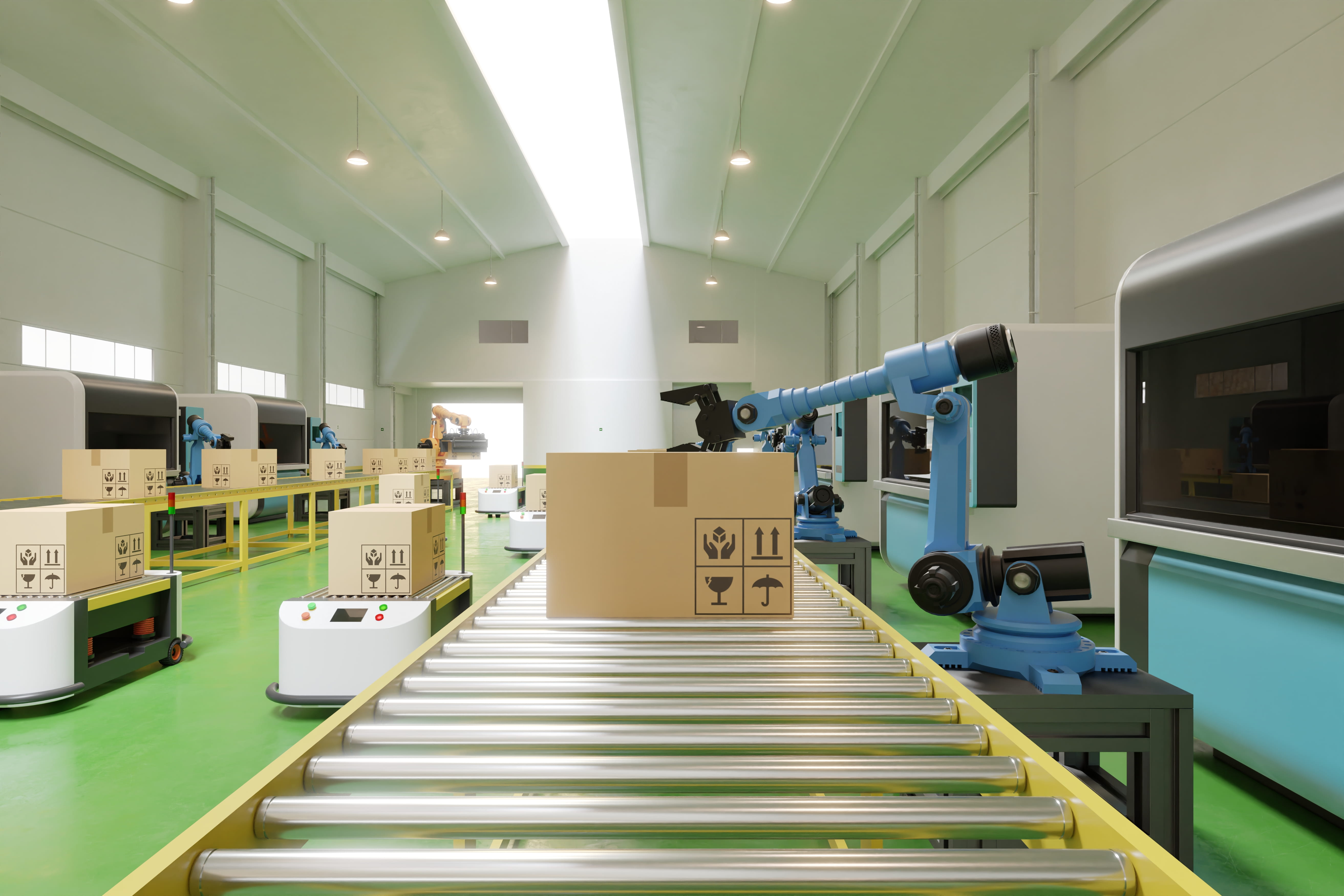
Every success requires adequate investments. Discover 5areas manufacturers shall focus on to turn smart manufacturing ambition into reality.
Smart manufacturing has become the focus of manufacturers globally, thanks to the huge and diversified benefits it can offer. Asset efficiency, lower cost, higher quality, improved safety and sustainability are expected positive impacts from next-gen factories. Yet, a Cisco report revealed that more than 70 percent of companies have not yet reaped adequate outcomes from their IoT investments. Then what are factors that could enable a successful implementation? Let’s discover.
Well-prepared data strategy
If in the past, steam and electricity drove the manufacturing industry, it is data that has been and will be disrupting how manufacturers operate. In a factory, data can be collected from embedded sensors and connected production equipment, such as conveyors, fastening tools or robots, and under many forms, for example, text, image, video, sound recording.
To fully and correctly exploit the power of this critical asset, companies need to obtain proper infrastructure, including connected devices, network, protocols, storage, just to name a few to support ever-growing data, especially when there is an intention for expansion. Also, since most of legacy systems in factories are designed independently and often lack the ability to communicate with each other,manufacturers need to unify data from disparate sources and create a single source of truth.Asoftware to collect, process, analyse and store all generated data, hence, is essential.
Check how FPT Software powers smart manufacturing!
Process optimization
One of the key benefits that enterprises put high expectation on smart manufacturing is that it could help to augment processes toward operational efficiency. Yet, to save time and maximize the positive impacts of digital initiatives, it is recommended that manufacturers shall adjust or even redesign their processes to prepare for the 4.0 factory.
Since the implementation of smart manufacturing does not only impact production lines but also other shop floor activities and top floor operations like sales, finance, HR, messy procedures might impede the adoption of technologies, especially in the case of automation and produce negative influences on the whole performance. In addition, digital connectivity allows increased linkage with suppliers, customers and other factories, forcing manufacturers to streamline their processes to avoid any accidents that may result from poor operation models.
A workforce with modern skillsets
No matter how smart factories can become, people are still the key. However, manufacturing digitalization can lead to profound changes in human resources structure. Some positions may no longer be necessary with the adoption of robots, while others are required to develop new capabilities to fully utilize advanced technologies. It is also likely that new roles will emerge. An under-skilled workforce, hence, is far beyond what manufacturers can afford.To ensure the successful collaboration between humans and machines, both managing and operational levels are required to be quick learners, more versatile, flexible and proactive to perform cross-functional roles. Not only domain knowledge but technical know-how about equipment, data, automation are also essential.
Readiness to rapid technology changes
Manufacturing technologies advances every passing day. A few years ago, drones and autonomous vehicles were still quite foreign to the business community, but recently they have been adopted widely across sectors. The same to robotics and 3D printing. Organizations, in the attempt to actualize the aspiration of smart manufacturing and remain competitiveness, will need to keep updated and open to emerging technologies such as analytics, high-performance computing, AI, blockchain, intuitive machinery and augmented reality.
More attention to cybersecurity
Smart manufacturing relies heavily on connectivity among tools and systems, which makes it more vulnerable to risks of unauthorized access, leaks, and even sabotage. Given the multitude of connection points, a cyberattack may exert a more significant and widespread impact, as well as is more difficult to protect against. Overcoming security challenges requires stricter measures, proper investments in IT infrastructure and enhancement of workforce capabilities.
Industrial manufacturing is experiencing one of the most exciting phases of its history thanks to the technology advancements. Smart manufacturing opens endless opportunities for companies to maximize efficiency and drive innovation. Although there is no formula for success, careful consideration and preparation for 5 areas mentioned above, more or less, will allow manufacturers to secure and accelerate their transformation journey.
Interested in tech blogs? Click here to explore!
Reference:
1. Cisco (2017), Cisco reveals close to three-fourths of IoT projects are failing. [Link]
2. Deloitte (2017), The smart factory: Responsive, adaptive, connected manufacturing. [Link]































